By Stacy M. Brown, NNPA
Reprinted – by Texas Metro News
https://blackpressusa.com/
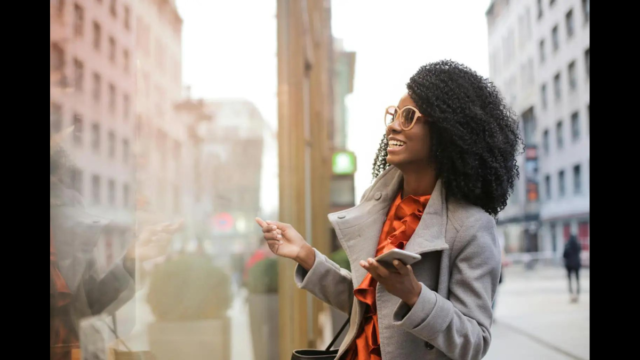
An updated analysis from Insider Monkey reveals that African Americans’ internal migration patterns have significantly contributed to the rise of “Black-majority cities” across the United States.
These urban centers, where African Americans comprise a substantial portion of the population, have become focal points for opportunity, culture, and influence, reshaping the nation’s demographic and economic landscape.
While African Americans have seen only a 1.5% increase in their overall share since 1970, their strategic relocation to key cities has amplified their economic and political clout.
The District stands out as a prime example, ranking as the top city where Black Americans thrive financially, according to the most recent Lending Tree report. The nation’s capital leads in narrowing the financial gap for Black Americans, with a thriving business environment and a substantial Black middle class. Despite this progress, the report emphasizes that the path toward economic equity remains fraught with challenges.
Experts predict that by 2045, the United States will transition into a minority-white country, driven largely by the growth of racial minorities, including African Americans, Hispanics, and Asians, who are expected to become the primary economic drivers. A projected 74% increase in the population of racial minorities between 2018 and 2060, along with a decline in the white population due to aging, underpins this demographic shift.
Jackson, Mississippi, recognized as the “Blackest city” in America, epitomizes this demographic transformation, with African Americans constituting over 80% of its population.
Texas has the highest African American population at 3.55 million on a state level, followed closely by Georgia and Florida.
The following urban areas have the highest percentage of African American residents:
- Miami Gardens, Florida – 61.44% African American
- Memphis, Tennessee – 63.50% African American
- Montgomery, Alabama – 63.56% African American
- Southfield, Michigan – 63.76% African American
- Birmingham, Alabama – 71.12% African American
- Albany, Georgia – 73.39% African American
- Detroit, Michigan – 76.63% African American
- Lauderhill, Florida – 79.91% African American
- East Orange, New Jersey – 79.96% African American
- Jackson, Mississippi – 81.84% African American
Other significant cities, including Baltimore, Maryland; Shreveport, Louisiana; New Orleans; and Newark, New Jersey, also feature prominently in the list of cities with the highest African American populations.
Houston, despite its robust Black business environment, faces challenges in housing affordability. Nearly 44% of Black Houston households spend over 30% of their income on housing, a burden that has increased by 2% since 2019. Though Houston has a larger Black population than San Antonio, its overall Black population share is lower than the top 10 cities.
Meanwhile, Oakland, California, addresses racial wealth inequity by participating in the Bloomberg American Sustainable Cities initiative. Mayor Sheng Thao’s leadership has positioned Oakland as one of 25 U.S. cities to benefit from this initiative, which seeks to build low-carbon, resilient, and economically thriving communities. A Bloomberg Philanthropies-funded innovation team supports the initiative focused on driving equitable outcomes.
However, disparities persist nationwide, particularly in healthcare access. The closure of major retail pharmacies has disproportionately affected Black and Hispanic communities, leaving them without essential public health services. For example, MAC Pharmacy in Cleveland, Ohio, serves as the sole provider for approximately 20,000 people in a majority Black ZIP code, highlighting the ongoing challenges in healthcare equity.
As the Black population in the United States continues to grow—reaching an estimated 47.9 million in 2022, or 14.4% of the nation’s population—the financial hurdles facing Black Americans remain significant. Lending Tree’s 2024 report emphasizes that even in cities like Washington, D.C., where Black Americans are doing well, systemic barriers continue to hinder broader economic progress.
“Add it all up, along with myriad other factors, and it becomes clear that Black Americans face a far windier, rockier, and more uncertain path toward prosperity than many other Americans,” Lending Tree’s chief credit analyst Matt Schulz said. “But the fight for economic equity is far from over, and acknowledging these challenges is crucial to closing the gap.”

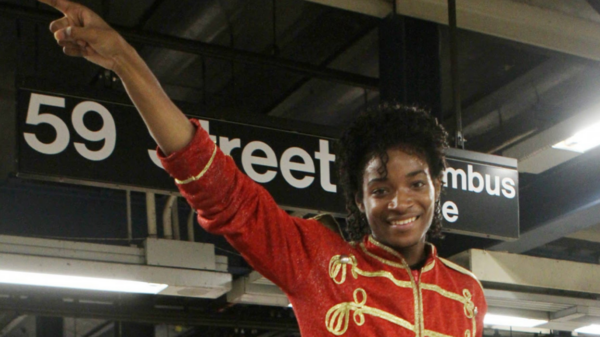

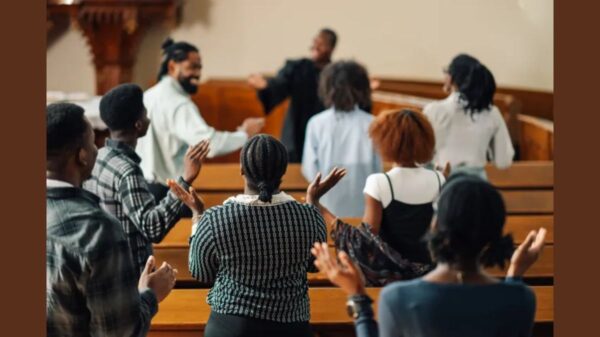

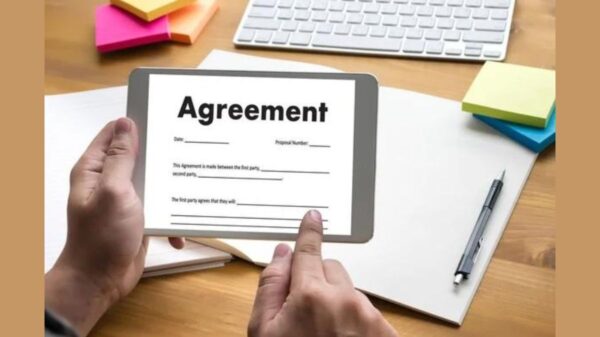

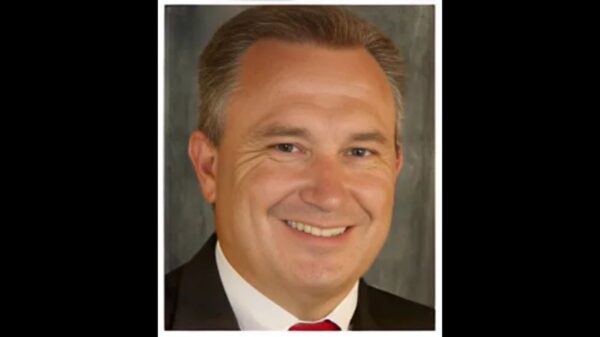

You must be logged in to post a comment Login